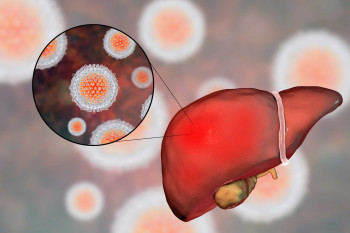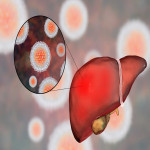When people hear “infectious” and “contagious,” they often assume both terms mean the same thing. However, these two words describe distinct types of diseases. An infectious disease results from a microorganism entering the body and multiplying, while a communicable disease specifically refers to an infection that can spread from one person to another. Understanding this difference is essential for managing personal and public health.
An infectious disease occurs when harmful microorganisms like bacteria, viruses, or fungi invade the body. These organisms grow and multiply, sometimes hijacking human cells to reproduce themselves. Examples of infectious diseases include bacterial infections, fungal conditions, and viral illnesses. Importantly, though all communicable diseases are infectious, not all infectious diseases are communicable. For instance, tetanus is infectious but not communicable; it enters the body through cuts or wounds and cannot be passed from person to person.
Some infectious diseases may exist silently in the body without showing symptoms. Human papillomavirus (HPV) is a prime example. Most people who contract HPV do not experience any symptoms, and their bodies naturally clear the virus. However, in some cases, HPV can lead to more serious conditions like genital warts or cancer. These hidden infections highlight the importance of regular medical check-ups, even when you feel healthy.
Communicable diseases are infections that can spread from one person to another, either directly or indirectly. Diseases like the flu exemplify this. Influenza viruses circulate every year and are passed via respiratory droplets, contaminated surfaces, or direct contact. The speed and reach of these diseases are measured by the basic reproductive number, or R0. A higher R0 means the disease spreads more easily, making public health measures like vaccination and hygiene essential.
To protect yourself and others, it is recommended to consult a family medicine practitioner or an internist for regular health evaluations. These professionals can help identify whether symptoms are linked to infectious or communicable diseases and advise on appropriate treatment or preventive measures. Early detection and medical guidance play a vital role in preventing complications and promoting overall wellness.





